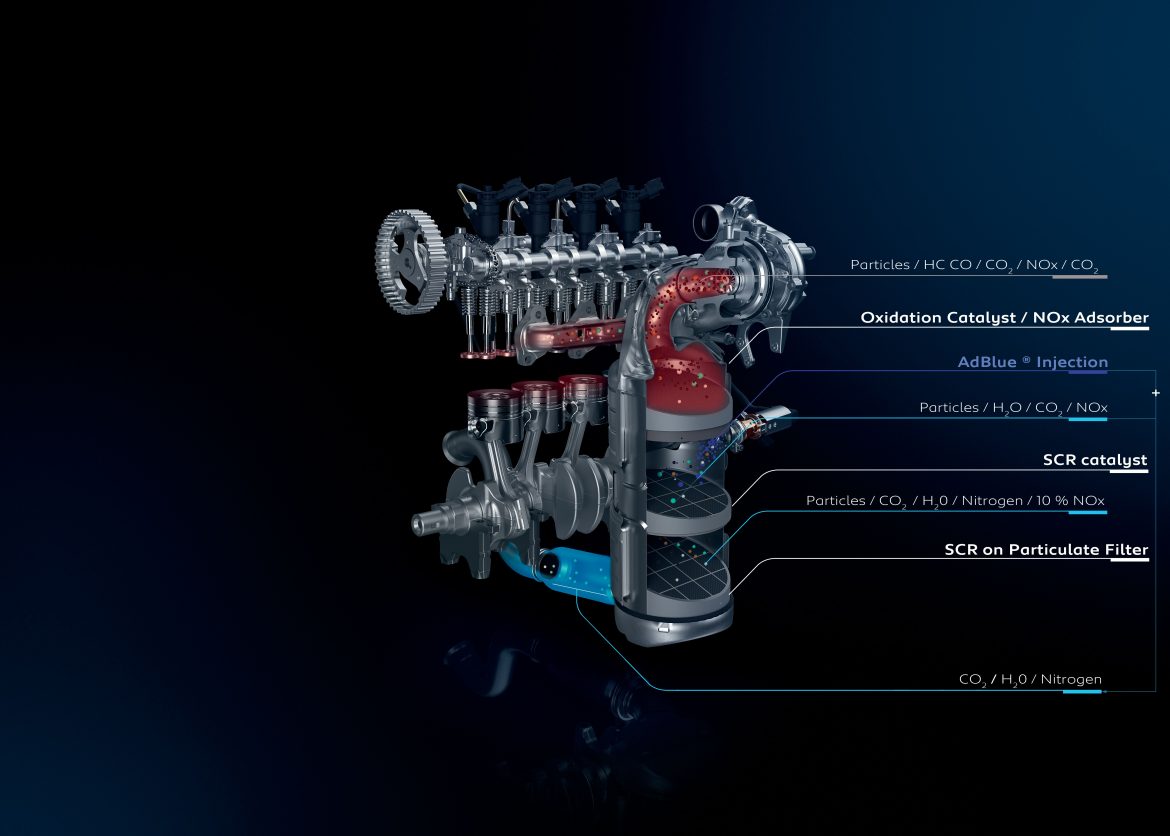The New European Driving Cycle (NEDC) and the Worldwide Harmonised Light Vehicle Test Procedure (WLTP) are two type approval tests with the same purpose: to measure regulated pollutants and particle matter emissions, as well as fuel consumption on new cars.
The NEDC was introduced in 1992, and since September 2017 has gradually been replaced by the WLTP. While both tests have been devised to give consumers an understanding of the vehicle’s emissions and fuel economy, the WLTP was introduced with the intention to give consumers a more representative view of CO2 emissions and fuel economy under real-world driving conditions.
The timetable for the final switchover to WLTP
The WLTP officially replaced the NEDC test procedure in September 2017 for passenger cars and in September 2018 for light commercial vehicles. All new Peugeot vehicles follow the WLTP standard, with fuel economy and emissions tested under the new procedure.
In order to limit any confusion between NEDC and WLTP values, an extended transition phase has been introduced from September 2017 to January 2021. During this period, and depending on the country, the fuel consumption and CO2 values used for tax purposes, commercial brochures, leaflets and websites are either displayed as NEDC values, WLTP values or both, but always the same for all manufacturers within a country. This way buyers have a standard measurement to compare vehicles from different manufacturers.
The Worldwide Harmonised Light Vehcile Test Procedure (WLTP)
The World-wide harmonized Light Vehicle Test Procedure (WLTP) measures regulated pollutants and consumption. Consumption is often displayed as l/100km in Europe or mpg in the UK. Pollutant measurements are displayed either as g/km or as mg/km.
This new procedure includes more realistic testing conditions in order to provide more representative information on the real-world emissions and fuel consumption to customers.
The tests are supervised by the country’s type approval agency based on standardised driving cycles (time, speed, equipment, temperature, etc.), in the same way for all manufacturers.
From the NEDC Test to the new WLTP Test
Today’s drivers are interested in the environmental impact of the vehicles they drive. Increasingly, buyers are looking for cars with fewer emissions and improved fuel economy. It was therefore important that the testing conditions be as close as possible to the buyers’ actual driving standards so they can make the most informed decision.
The Pros of the WLTP Test
The new WLTP test provides consumers with a more realistic overview of vehicle emissions because the testing conditions are based on a closer representation of actual driving conditions.
In order to achieve a more representative view of CO2 emissions, the new homologation protocol includes both the standard equipment and all optional equipment on the vehicle. This leads to fuel consumption and CO2 emission values based on the aerodynamics, weight and rolling resistance of the configured vehicle with all its equipment and options – again giving consumers and businesses a more accurate view of the vehicle’s actual emissions and economy.
In addition, the WLTP has been developed using actual driving data collected from around the world and therefore better represents daily driving needs. It was developed with the aim of being used as a universal test cycle. Therefore, pollutant and CO2 emissions can be comparable worldwide. However, the European Union and other regions will apply the test in different ways depending on their laws and traffic regulations.
NB: It is currently only rolled out in Europe.
What changes for the consumer?
One of the goals of the WLTP is to enable the consumer to make more realistic comparisons between cars when considering emissions (CO, CO2, HC, NOx, Particulate Matter) and fuel consumption.
The aim of the homologation protocol is to be able to compare all offers on the market according to the same measurement standard. Though the NEDC already allowed for this, the WLTP protocol provides a more realistic consumption value due to the more stringent test cycle. The evolution of the homologation protocol therefore provides a single measurement standard for all vehicles in Europe, a standard that is more representative and more realistic of actual use.
Today, each car produced comes with a compliance certificate which includes CO2 values based on the current WLTP test. On the basis of this official document, the vehicle can be registered anywhere in Europe.
The WLTP test gives more realistic results than the NEDC test but does not affect the performance or fuel consumption of vehicles or the range of electric vehicles. Taxes will be adapted to this new measurement protocol.





